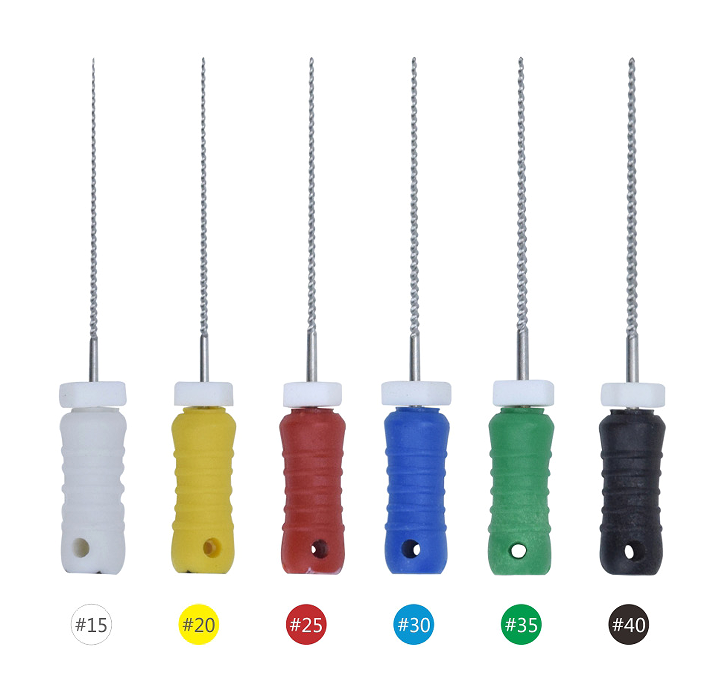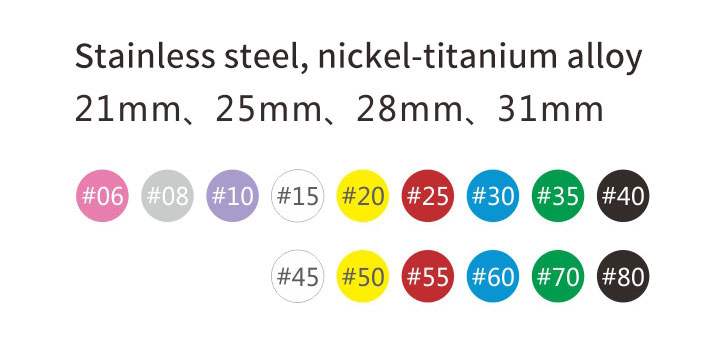The Unwavering Relevance of a Classic Instrument
In the high-speed world of modern endodontics, powered by electric motors
and advanced rotary files, one might consider the humble hand K-file a relic of the past.
However, for endodontists navigating the complexities of root canal systems,
this classic instrument is far from obsolete. It represents a fundamental tool
of precision, safety, and control, often serving as the critical first
point of contact within the intricate anatomy of a root canal.

Primary Indications: The Pathfinder and The Finisher
The K-file is not designed for aggressive dentin removal.
Its value lies in its superior ability to safely navigate and prepare the root canal space.
Initial Exploration and Patency: Its excellent negotiability and relatively weaker cutting force
make it the ideal "pathfinder" for initial canal scouting,
especially in calcified or narrow canals.
Preparatory Shaping: The K-file is used to create a preliminary glide path—a smooth,
reproducible pathway from the canal orifice to the apex—which is
essential for the safe use of subsequent rotary instruments.
Final Finishing: It is also exceptionally useful for fine-tuning and
finishing the coronal and middle thirds of the root canal, ensuring a
well-prepared, tapered shape that is ready for obturation.

The Technique: Mastering the Balanced Force Motion
The efficacy of a K-file is entirely dependent on proper technique.
The recommended method is the Balanced Force Technique, a controlled,
rotational motion that maximizes cutting efficiency while
minimizing the risk of instrument separation or canal transportation.
The technique involves a clockwise rotation (typically 90-180 degrees) to engage
the flutes into the dentin, followed by a counter-clockwise rotation while simultaneously
applying a gentle pulling (apical-to-coronal) motion to shear off the engaged dentin.
Crucially, minimal downward pressure is applied. The instrument is allowed
to work through its own elasticity and the precision of the hand
movement, allowing it to follow the natural curvature of the root canal.

Conclusion: An Indispensable Partner in Precision Care
The hand K-file embodies the core principles of endodontic practice: control,
finesse, and a deep respect for the complex biology of the root canal system.
It demands skill and patience from the clinician, rewarding them with unparalleled
tactile feedback and predictable outcomes. In an age of technological acceleration, this timeless instrument remains a vital safeguard, ensuring that the journey to saving a
tooth begins and ends with absolute precision and safety.


